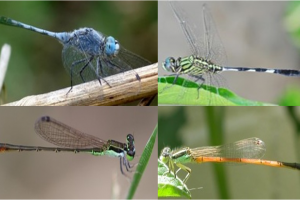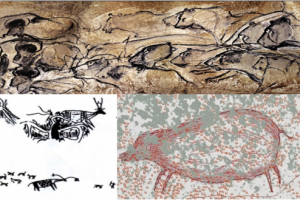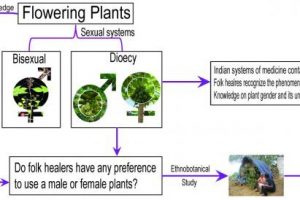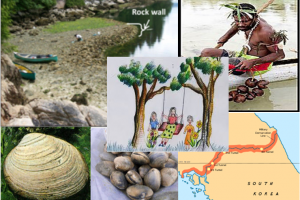EDITORIAL
 Welcome to the 2nd newsletter of CEiBa.
Welcome to the 2nd newsletter of CEiBa.
It beckons with diverse topics, ranging from agro-ecosystem to traditional medicine. In the article section, the natural history of beautiful dragonfly and damselfly narrates about their central role in natural pest control system and reminds the need to conserve the insect diversity in the heterogeneous landscape. On a similar note, the evolution of intricate relationship between human and animal has been illuminated from the historical perspective. The chrono-sequence of various events like hunting, worshipping, domestication, and conflict over resources reflects the dynamic nature of the human-animal relationship. Our third article deals with the interesting aspects of dioecious ethnobotany. The existence of male and female plants are known for a long time but how this perception is applied in traditional medicine is a subject of interest for ethnomedicinal researchers, the author narrates his viewpoint citing and explaining different examples from plant empire.
The snippet section presents some interesting and thought-provoking collections from the natural world. Be it the unique hunting process, monsoon celebration or food security related to development, the idea is to introduce readers to the flavors of life flowing around us.
Hope you’ll enjoy the newsletter and join us in this endeavor.
With best wishes,
RAJASRI RAY
ARTICLES
The winged Guardians of rice fields: stories of Dragonflies and Damselflies
Of all the insects which have charmed us with their beautiful colors, odonates (name of scientific group of dragonflies and damselflies) have very few competitors. Their very large eyes in comparison to the head, brightly colored body; long and thin or narrowly tapering abdomen; sharp movement – the sheer beauty in motion – has mesmerized their watchers for long. Odonates are one of the most successful insects on earth, they ruled from Upper Permian so say…
The evolution of human-animal interface
Human-animal interface manifests itself in several different ways, which may span anywhere in a gradient from conflict to cooperation. The interaction of humans with their nonhuman animal counterparts is as old as the emergence of Homo at the heart of Africa. Early humans needed to protect themselves, especially the vulnerable among them, from attacks by ferocious animals like lions or sabre-tooth tigers which roamed alongside humans in the vast savannas of Africa or the temperate…
Gender in Plants: do you know male and female plants, and what is your choice while using it for medicine or timber?
Flowers are the reproductive organs of the flowering plants, they are flashy, can be extremely extravagant and roughly 352,000 flowering plant species (Angiosperms) make up about 90% of all living land plants. The morphological variation in the flowers has been a defining feature of the angiosperms from very early on in their evolution. Carl Linnaeus is often called the Father of Taxonomy used the variation in the sexual structure of flowers as the basis for…
GLIMPSES OF NATURE AND CULTURE
Glimpses of Nature and Culture
Coconut shell: the death bell for sharks The coconut tree is synonymous with sea beach and island nations. The tree is present across the tropics and it has diverse economic, environmental, and social relations with the communities. One such interesting…




